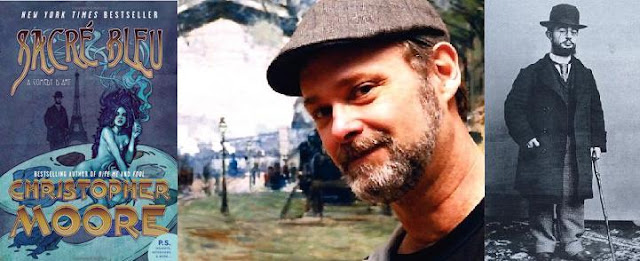The choice
and selection of new cars these days (2013) is frustrating. On one hand, with a new car, you do get the
satisfaction of knowing you’re the original owner. Everything is fresh and new – there’s even
that disturbing plastic smell (which I really don’t like). You have a factory warranty and the
negligible likelihood of any problems – especially from an import. And there are always new features being added
each year, some of which strike me as “wipe-your-butt” and not that useful
(e.g. reverse camera). Of course you
have to get used to the new controls and everything.
On a cold,
rainy morning, November 22, 1992, I bought my first new car: a 1992 Pontiac
Firebird, at King Pontiac in Gaithersburg ,
Maryland Shady Grove Road
That
night, when it got dark, I turned on the headlights, and the lighting was red,
not green. My dad was also impressed:
it’s like the Batmobile, he said. The
pop-up headlights were also cool.
Sadly,
circa 2013, there is no Pontiac anymore, and Pontiac
Dodge
sells the Challenger: R/T with 5.7L Hemi (370 HP) is $30k, SRT8 with 6.1L Hemi
(420 HP) is $40k. The Challenger is an
excellent copy of Dodge’s least attractive car, whereas the Charger – which
also comes in the corresponding R/T and SRT8 configurations with similar
engines and price tags – is a sedan.
Nope, they weren’t going to copy the ’68-70 model which narrowly lost to
the ’68 GTO for Motor Trend car of the year.
The Nissan
Altima – which I rented for some time – has impressive acceleration (even in
the 2.5L model) and a killer stereo. Too
bad the styling gets an F: indistinguishable
from a Chevy Impala, Toyota Camry or Honda Accord. Of the economy cars, I find the Honda Civic
coupe to be the nicest looking of the 2013 crop. It’s semi-sporty without being
embarrassing.
Rental Cars.
Part of the problem with rentals is by the time you get used to the
controls and idiosyncrasies of the car, it’s time to turn it in. And they never rent cool cars: sorry, the V6
Mustang and V6 Charger don’t do it for me:
please let us rent the GT and R/T models. While I realize the insurance and business
models heavily disfavor renting classic muscle cars, it’s a major shame that –
to my knowledge – you can’t rent General Lee Charger R/Ts, ‘70s Trans Ams, ‘70s
Corvettes, 60s GTOs, or similar cars.
Whoever manages to find a formula for that which works – possibly
short-term rentals with some higher scrutiny of the prospective renter’s
driving record and personality profile – could stand to make a considerable
amount of money. The image of a Hemi
Road Runner wrapped around a tree and its 16 year old bonehead driver thrust
through the windshield, DOA, is probably too easy to imagine.
For that
matter, wouldn’t it be nice if you could go to a car dealer, and have a choice
not merely of the current model year or the prior year’s leftovers, or whatever
used cars happen to be on the lot, but put in an order for any model year, any
model. The dealer could scan the
Internet throughout the country for suitable models. A revamping of the restoration industry could
be a nice investment for someone like Warren Buffett, Bill Gates, or Paul
Allen. GM already has “Restoration Parts”, a Taiwanese company makes brand new
body shells for many 60s muscle cars. A
factory which could splice new bodies and recycle a host of unrestorable donor
cars to be cannibailized, could essentially churn out modern-day versions of
classic cars. Sounds like a lot of work,
but possibly a great operation if it could be done. Dream on….



